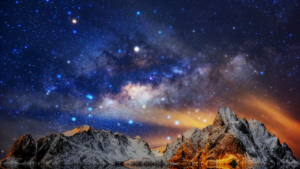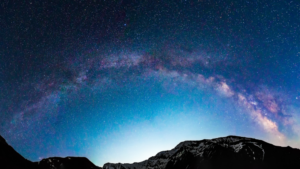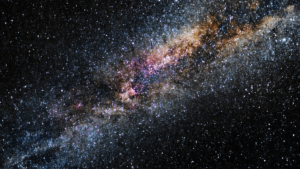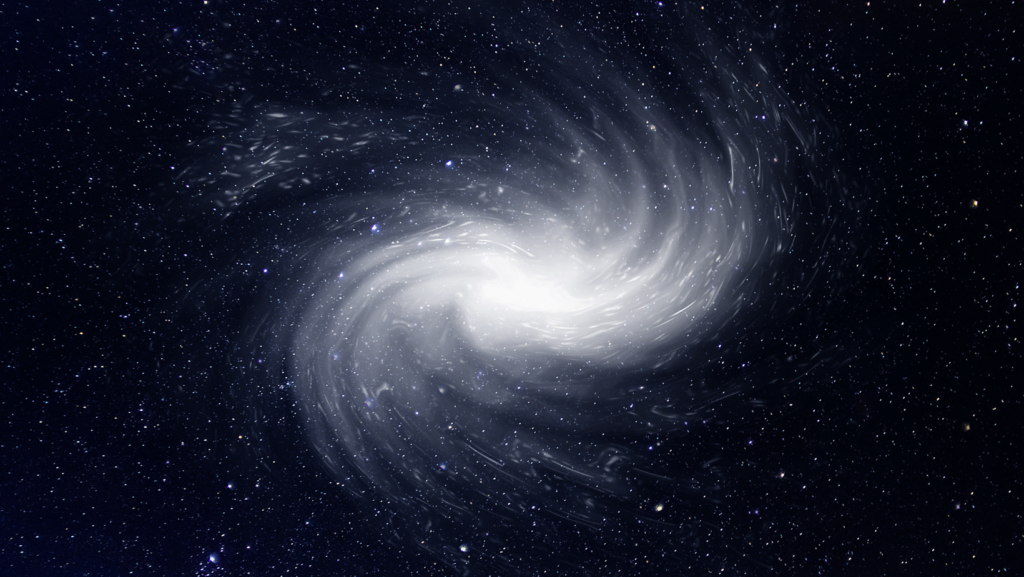Ever gazed up at the night sky and marveled at the Milky Way’s celestial beauty? Well, you’re not alone. For centuries, this galactic wonder has inspired curiosity and awe, leading to a wealth of fascinating discoveries.
This article takes you on a cosmic journey, revealing 40 intriguing facts about our home galaxy. From its spiral structure to its hidden mysteries, you’ll uncover the Milky Way like never before. So, buckle up and prepare for an interstellar adventure that’s truly out of this world.
Whether you’re an astronomy enthusiast or a casual stargazer, these facts will offer a fresh perspective on the galaxy we call home. Let’s dive into the cosmic unknown and unravel the mysteries of the Milky Way.
40 Interesting Facts About The Milky Way

Embarking on this interstellar exploration, you’ll dive into the specifics of the Milky Way galaxy. This journey brings you closer to aspects such as the galaxy’s immense size, its unique structure, and its position within the cosmos.
Firstly, let’s understand the scale and structure of the Milky Way. Classified as a barred spiral galaxy, it’s about 100,000 light-years in diameter and approximately 1,000 light-years thick. With over 200 billion stars, the galaxy is home to an astounding number of celestial bodies including our solar system. The spiral structure, made up of long arms of stars and interstellar matter, radiates from a central bar, giving it a distinctive look.
Its Place in the Universe
To comprehend the location of the Milky Way, imagine the cosmos as an archipelago of galaxies. This galaxy is part of the Local Group, a collection of 54 galaxies. Interestingly, Andromeda, our nearest spiral galaxy, and the Milky Way are the largest of this group. Additionally, this grouping falls within the Virgo Supercluster, comprising approximately 100 galaxy groups and clusters. As we delve further into the intricacies of the Milky Way, each fact reveals a deeper layer of this celestial marvel.
Key Components of the Milky Way
Uncovering the cosmic marvels, the Milky Way consists of diverse yet interconnected components each playing a pivotal role in galactic structure and behavior.
 The Galactic Core
The Galactic Core
At the hub of the swirling bounty of celestial bodies lies the Galactic Core, an area abundant in mass and mystery. The core is a dense, bulging hub, bursting with stars.
Dramatically nestled within this cluster, the core houses a supermassive black hole that goes by the name Sagittarius A*. At approximately 4 million times the mass of our sun, Sagittarius A* is the gravitational linchpin anchoring the galaxy.
Spiral Arms and the Disk
Enveloping the Galactic Core, mighty Spiral Arms extend outwards in a flat, circular pattern. These arms, comprising mostly of stars, gas, and dust, are primarily where new stars are born. The arrangement of these spirals gives the galaxy its distinctive barred spiral classification. The flat circular plane of these arms and the stars they contain form what astronomers call the Galactic Disk. This disc, spanning over 100,000 light-years in diameter, shines brightly, creating the streak of light we recognize as the Milky Way when observed from Earth.
Fascinating Milky Way Phenomena

Delving further into the cosmic wonders of the Milky Way, this segment focuses on remarkable phenomena such as supernovae and star formations, along with the effects of cosmic radiation, integral to the galaxy’s dynamics.
In the panorama of the Milky Way, supernovae punctuate the galaxy with stellar explosions, dwarfing the luminosity of the entire galaxy. Stellar life cycles determine these cataclysms, marking the death of massive stars, exemplified by SN 1604, a supernova observed in October 1604. At the same time, new star formations show the cycle of stellar life, perpetuating galaxy evolution. An instance is the Eagle Nebula or M16, a bustling cradle for robust star formation, characterized by its pillars of creation – dense, towering columns of gas and dust from which stars are born.

